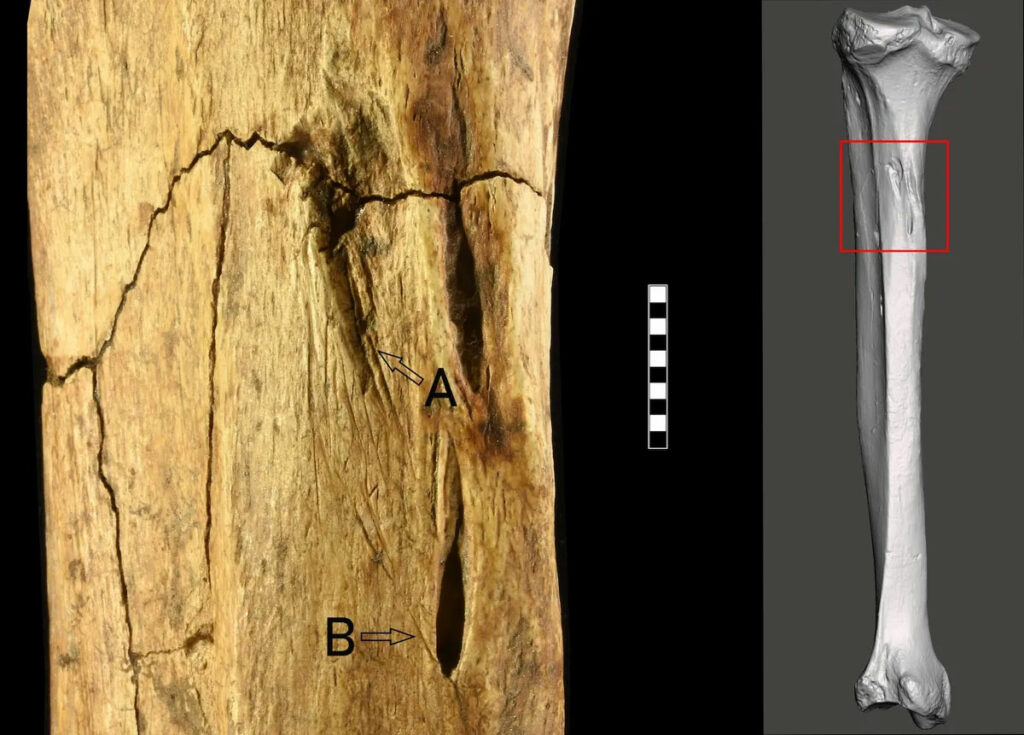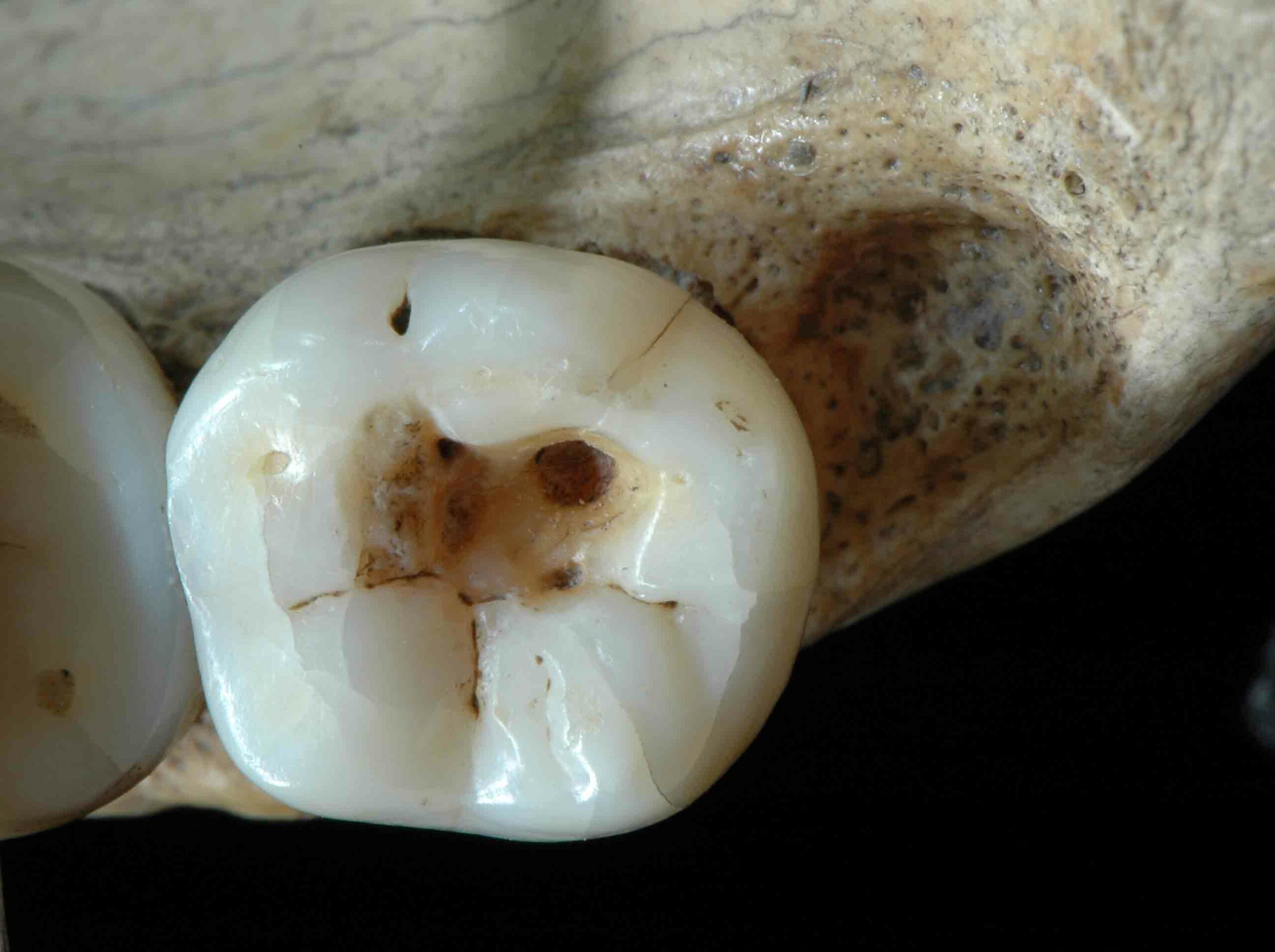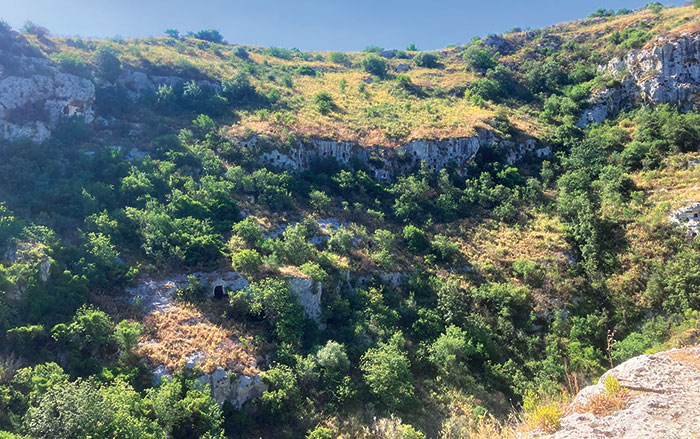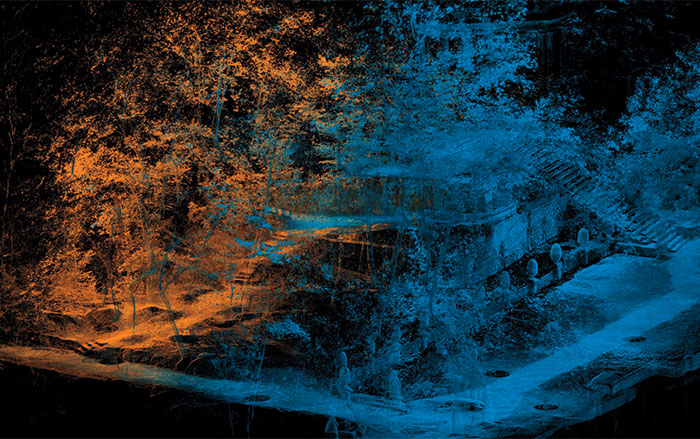
RIPARO TAGLIENTE, ITALY—Evidence of human violence towards other humans during the Paleolithic period is rarely seen in the archaeological record. According to a Live Science report, however, one such case occurred around 17,000 years ago in what is today northern Italy. In 1973, archaeologists uncovered in the Riparo Tagliente rock shelter the partial skeletal remains of a man, known as Tagliente 1, who they determined had died in his 20s. Although the reasons were not readily apparent at the time, recent reanalysis of his bones suggests he may have been the victim of a bloody ambush. Electron microscope scanning and 3D imaging revealed at least five cut marks on Tagliente 1’s femur and tibia. The research team determined that the wounds had been inflicted by flint-tipped projectile weapons thrown at high speeds. Experts believe that he was struck from the front and from behind, suggesting that there were either multiple assailants or that Tagliente 1 was attacked while he was running away. One of the missiles may have fatally struck his femoral artery, as the bones showed no signs of healing. “It's very, very possible that this was a rapid death, because once your femoral artery is pierced, you have basically a few minutes before it's too late,” said researcher Vitale Sparacello. Most evidence of human violence during the Paleolithic is found when lithic arrowheads remain embedded in bones. This is the first occurrence when it could be identified solely through projectile impacts left on skeletal remains. Read the original scholarly article about this research in Scientific Reports. For more on the Paleolithic in northern Italy, go to "Upper Paleolithic Cave Life."












